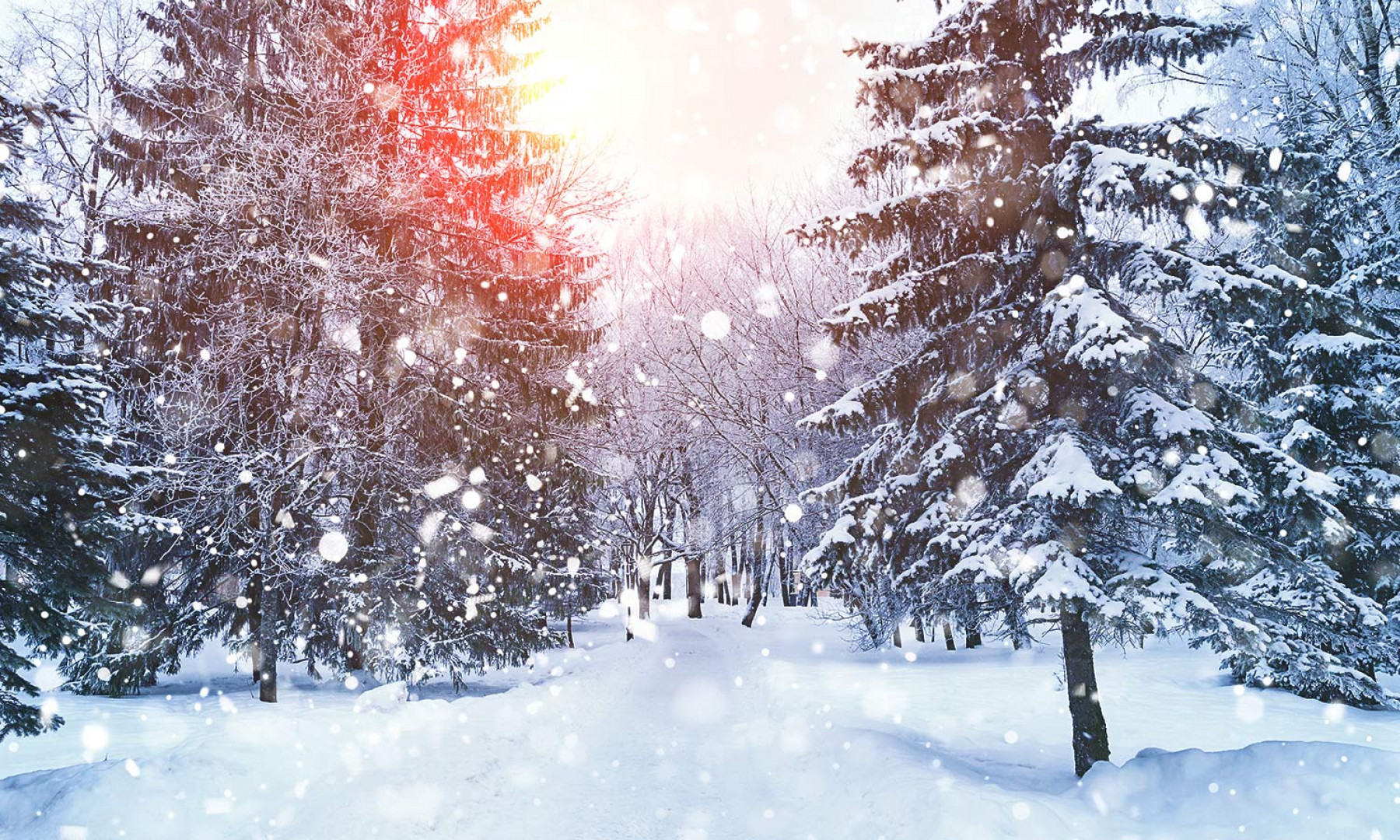Don’t worry, you’re not alone in noticing this muffled sensation. See, aside from disrupting traffic and sprouting snowmen, a good blanketing of snow creates an eerie phenomenon – it absorbs sound. All materials are acoustically subtracting to an extent, but fresh snow is particularly capable of absorbing sound. A few inches of snowfall can reduce the noise level by as much as 60%. On top of that, everything outside gets covered in a fluffy, uncompacted, natural soundproofing. So, even normally resonant materials (like metal or glass) are affected by these conditions.
But how does snow absorb sound? Well, it’s all got to do with its molecular structure. Fresh snow is comprised mostly of small pockets of space, and this creates an issue for sound. Without surfaces to reflect off, soundwaves just dissipate. Interestingly, as snow becomes more compact and changes to ice, the air is squeezed out and its acoustic properties change. A solid, flat, icy surface absorbs very little sound and is excellent at reflecting soundwaves.
So, if you’re sick of all the noise that comes along with the festive season, cross your fingers and hope for snow. Alternatively, crank up the ANC and press play on our Top Songs of 2020 playlist.
